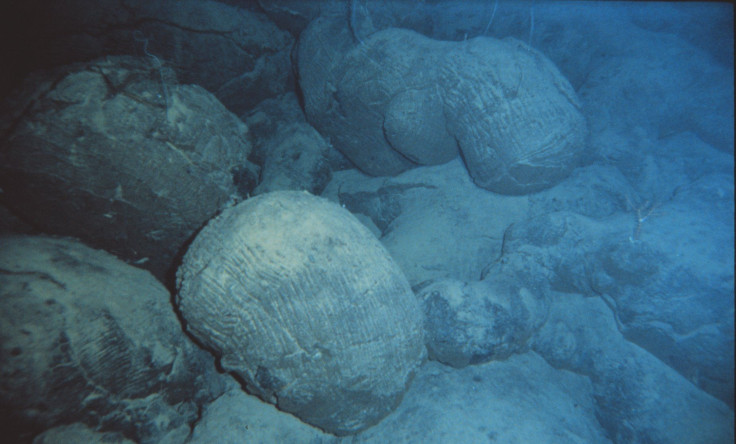Animals Originated Before Earth’s Atmosphere, Oceans Were Rich In Oxygen

We know that life existed on Earth as long ago as 3.5 billion years ago, which was just a billion years after the solar system itself came into existence, and our planet was a very different place from how we see it now. The forms life took on a young Earth were also vastly different from those that visibly populate the planet today, all life existing as microorganisms for between 1.5 billion and 2 billion years.
Many of those organisms survived on chemicals like sulfur and methane, and had no need for oxygen, which accounted for a much smaller portion of Earth’s atmosphere than the almost 21 percent we are familiar with today.
The first living beings that were somewhat more complex evolved about 2.1-1.6 billion years ago, but it was only much later, about 800 million years ago or so, that the first large animals and plants showed up. And that shift is often thought to have taken place around the same time the oxygen levels on Earth increased significantly.
However, a study by geochemists from the University of California, Berkeley, shows the oxygenation of Earth’s oceans and the atmosphere took hundreds of millions of years after the first animals evolved. Effectively, the first animals — from whom we all descend — were not dependent on oxygen, unlike all animal life now.

In their study, Daniel Stopler and Brenhin Keller look at oxygenation of the deep ocean, where animal life is thought to have originated. The rise in the amount of oxygen in both the oceans and in the atmosphere is linked, and it is associated with both the origin and diversification of animals.
Almost no oxygen existed in the atmosphere for the first 2 billion years of Earth’s existence, but went up suddenly about 2.4 billion years ago, as evidenced by iron-rich rocks exposed to air turning red at the time. But even then, the oxygen level in the atmosphere was barely over a million times less than it is today, which was nowhere nearly enough for the ocean to absorb any oxygen. Consequently, the oceans remained devoid of oxygen, or anoxic.
Fossil charcoal deposits first appeared about 400 million years ago, indicating the atmosphere had by that time enough oxygen to support wildfires. That would mean about 50 to 70 percent of today’s oxygen levels, which is enough to change the oceans’ anoxic status.
To narrow down the period when oxygen levels were sufficient for the deep ocean to be oxygenated — between 10 and 50 percent of modern levels — Stopler and Keller looked at igneous rocks formed during undersea volcanic eruptions. Seawater circulates through these rocks after the eruptions, and if there was any oxygen in the water, it would oxidize the iron in those rocks.
“Our idea was to study the history of the oxidation state of iron in these basalts and see if we could pinpoint when the iron began to show signs of oxidation and thus when the deep ocean first started to contain appreciable amounts of dissolved O2,” Stolper said in a statement Wednesday.
They found it was sometime between 540 and 420 million years ago that iron in the undersea volcanic rocks first showed signs of oxidization.
“This work indicates that an increase in atmospheric O2 to levels sufficient to oxygenate the deep ocean and create a world similar to that seen today was not necessary for the emergence of animals,” Stolper said.
The study, titled “A record of deep-ocean dissolved O2 from the oxidation state of iron in submarine basalts,” appeared online Wednesday in the journal Nature.
© Copyright IBTimes 2025. All rights reserved.





















